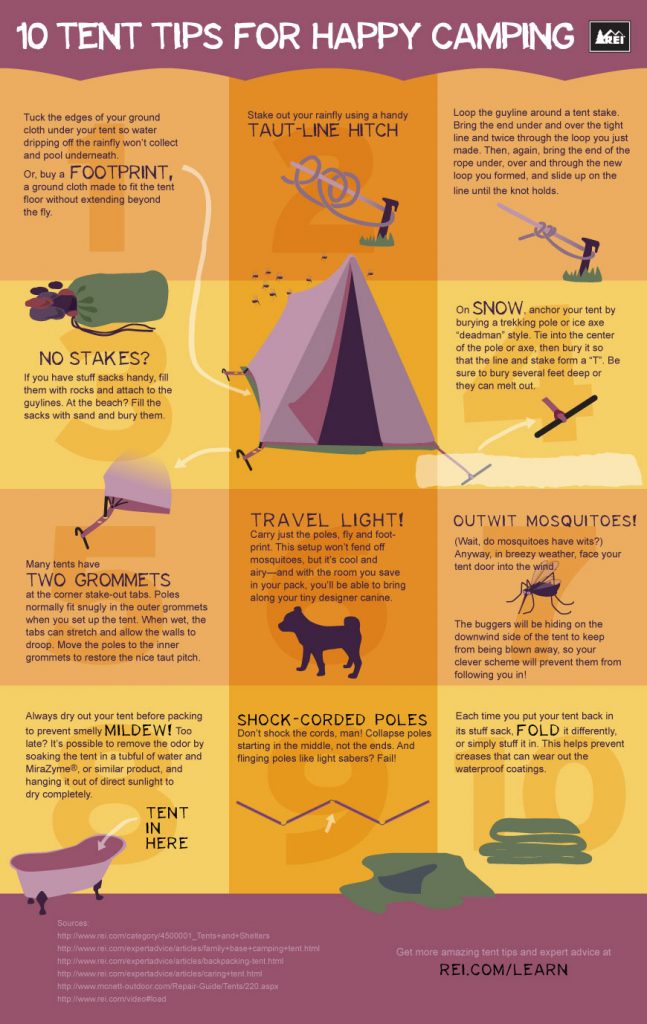Dominate Your Market Promote Your Online Camping Tents Venture By Selling Camping Tents
Dominate Your Market Promote Your Online Camping Tents Venture By Selling Camping Tents
Blog Article
Exists Any Type Of Actual Advantage to a Footprint?
Your digital footprint is whatever that can be traced back to you online. It includes your pictures, articles and searching history. It can likewise include metadata from apps.
How much is a tent for camping?
Adding a footprint to the bottom of your tent is a simple way to decrease abrasion and funnel water under during a storm. It can likewise assist keep you cosy.
1. It secures your outdoor tents
Making use of an impact under your outdoor tents includes an additional layer of defense in between all-time low of your sanctuary and the soaked ground listed below it. This can aid prevent abrasions to the sewn-in floor of your outdoor tents and it can maintain water from merging below your backcountry castle.
While the flooring of the majority of modern-day outdoors tents is made of waterproof fabrics like silnylon or dyneema, they can still puncture, grab and create openings from duplicated contact with the rough, sharp, dirt-covered or sandy ground. An impact can shield the bottom of your outdoor tents from these components and it can additionally make pitching and leaving camp a lot easier.
Some makers use outdoor tents footprints particularly developed for their shelter models, which can ensure a fantastic fit. If your tent doesn't featured an impact, you can conveniently make one on your own out of Tyvek or various other hard, lightweight fabric. However, when making a DIY impact, make certain that it's an inch much shorter than your sanctuary on all sides to prevent producing pockets of moisture that can collect below your outdoor tents
2. It expands the life of your camping tent.
A footprint is an extra layer of waterproof product that goes under your outdoor tents flooring. It safeguards the fabric from abrasion and provides an obstacle versus soil moisture that can cause damages to the outdoor tents's waterproofing.
Camping tent footprints are frequently made from a durable, light-weight product like nylon. They may also have a greater denier matter than your camping tent's floor to increase longevity and long life. Footprints can be expensive, especially if they're especially produced your tent. For backpackers or those on a budget, do it yourself choices like plastic tarps and Tyvek cover are a lot more budget-friendly and just as effective at expanding the life of your tent.
An impact must be reduced to be just a little smaller than the real floor of your tent on all sides. If it's also large, it can capture rain dripping off your outdoor tents's rainfall fly and cause puddling-- a significant source of water leakage. A cut footprint prevents this from taking place.
3. It safeguards your campsite
An outdoor tents footprint is a fantastic means to secure your investment in your outdoor tents from invasive moisture, rocks, and stones that can damage or damage the floor of your tent. It additionally helps reduce the quantity of dirt that is tracked right into your camping tent making it a cleaner and more comfy space to oversleep.
Lots of camping tents have an impact offered from the manufacturer which gives a level of fit and snugness you simply can't get with a do it yourself choice. Using a tent impact such as this makes installing your tent much quicker and less complicated as it functions as a guide to customer service up the corners and risks of your tent. It likewise provides a completely dry and protective layer under your camping tent in case of rain. This is especially important if you camp in locations that are prone to flooding or rainy problems. Leaving a footprint additionally assists prevent any type of pools or pools from accumulating under your camping tent which can harm your sleeping pad and equipment.
4. It shields the environment
An ecological footprint is a device that quantifies the pressure applied on natural resources by human tasks, evaluating their usage in relation to Earth's regenerative ability. It is an effective means to raise understanding concerning over-consumption of the planet's natural deposits and encourage sustainable growth practices.
The carbon footprint gauges the release of a number of world-warming gases (such as methane, laughing gas and fluorinated gases) into the winnerwell stove environment. The outcomes are expressed in CO2-equivalent systems, that makes it easy to contrast the environment impacts of different activities, items and countries.
The footprint of a firm or individual is based on a variety of aspects, consisting of lifestyle, usage, and power sources, in addition to the economic situation and population density. For example, a diet plan abundant in meat and imported animal products has a much greater ecological footprint than a vegetarian diet plan. In a similar way, driving a car creates even more carbon exhausts than using public transport or strolling. Making use of green energy and including environmental requirements right into ask for tenders also decrease the environmental impact.
What's the difference between a yurt and a teepee?
